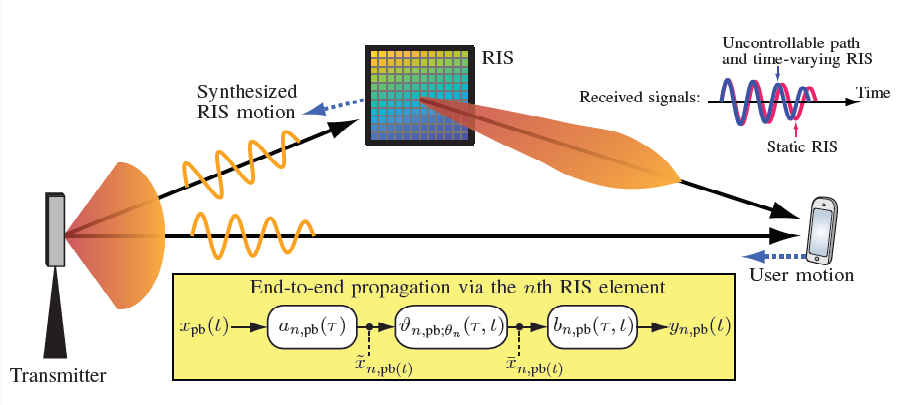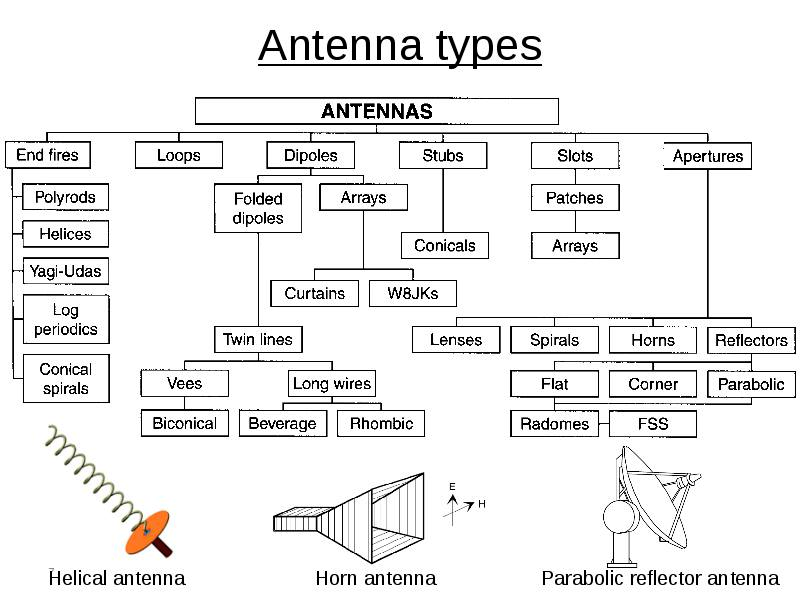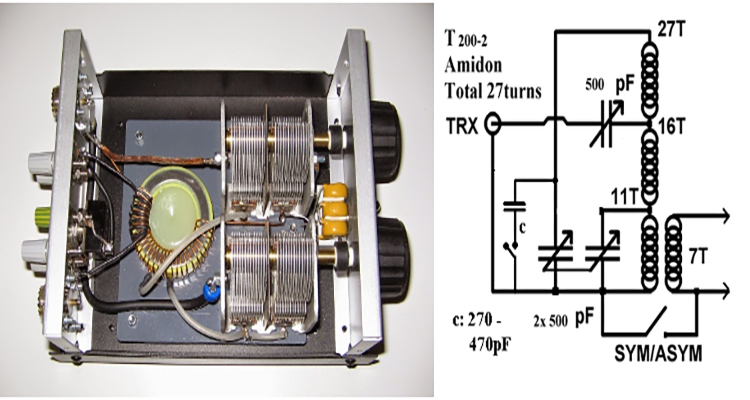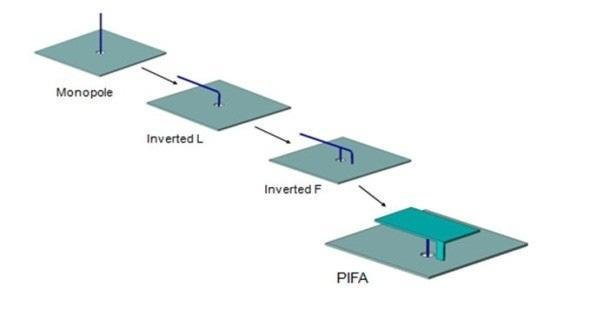Metamaterial arrays allow the wireless medium and path to be “adjusted” to compensate for its many imperfections and changes.
3D printing provides innovative approaches to GHz and THz components
High-precision stereolithography offers an innovative way to create active and passive components for the 100-GHz and even terahertz range.
Ultra-wideband antennas meet unique spectrum needs
Ultra-wideband RF applications need specialized antennas to support their unusual spectrum and bandwidth characteristics. Ultra-wideband is a short-range, high-bandwidth wireless technology that offers precise positioning and tracking as well as highly secure communications. It can provide accurate distance measurements in real-time without interfering with conventional narrowband and carrier wave transmissions in the same frequency bands.…
Embedded digital-capacitor ICs enable antenna tuning
Femto/picofarad antenna-tuning ICs enable smartphones to work over several bands and scenarios, thus solving the challenging impedance-matching dilemma. One of the indicators of innovative engineering is to take an attribute that is normally considered to be a drawback and not only negate that characteristic but actually use it to advantage in another setting. Consider this…
FAQ on fractal antennas, Part 2
Antennas based on fractal mathematics offer some significant advantages but also some controversy. The first part of this article looked at the basic concept and history of fractals. This part looks at the relationship between fractals and antennas. Q: All this fractal discussion is interesting, but what does it have to do with antennas? A:…
FAQ on fractal antennas, Part 1
Antennas based on fractal mathematics offer some significant advantages but also some controversy. Although all antenna designs are derived from either the basic dipole or monopole/ground-plane configurations, there are almost countless antenna variations in use (Figure 1). Each one offers a different combination of key attributes such as center frequency, bandwidth, bandwidth, side lobes, front-to-back…
FAQ: Antenna-in-package answers the “last mile” RF challenge, Part 2
If you think antennas must live “outside” a circuit, think again: they can also be housed in a small package adjacent to the active components they serve. The previous part established the context and rationale for AiP; this part continues the exploration. Who are some of the AiP technology suppliers or OEMs? ASE, a leading…
FAQ: Antenna-in-package answers the “last mile” RF challenge, Part 1
If you think antennas must live “outside” a circuit, think again: they can also be housed in a small package adjacent to the active components they serve. The RF signal chain has become increasingly integrated in the past years. Whether by merging RF circuitry with the digital function onto a single die or by co-locating…
Demonstrating antenna diversity, Part 3: The Yagi antenna
Yagi antennas have long been popular as beam antennas for amateur radio. Here’s how they work.
Demonstrating antenna diversity, Part 2: The PIFA
Antennas come in a broad range of sizes, styles, and configurations to meet frequency, bandwidth, directivity, and many other objectives; the PIGA and Yagi antenna are two different yet widely used versions.










